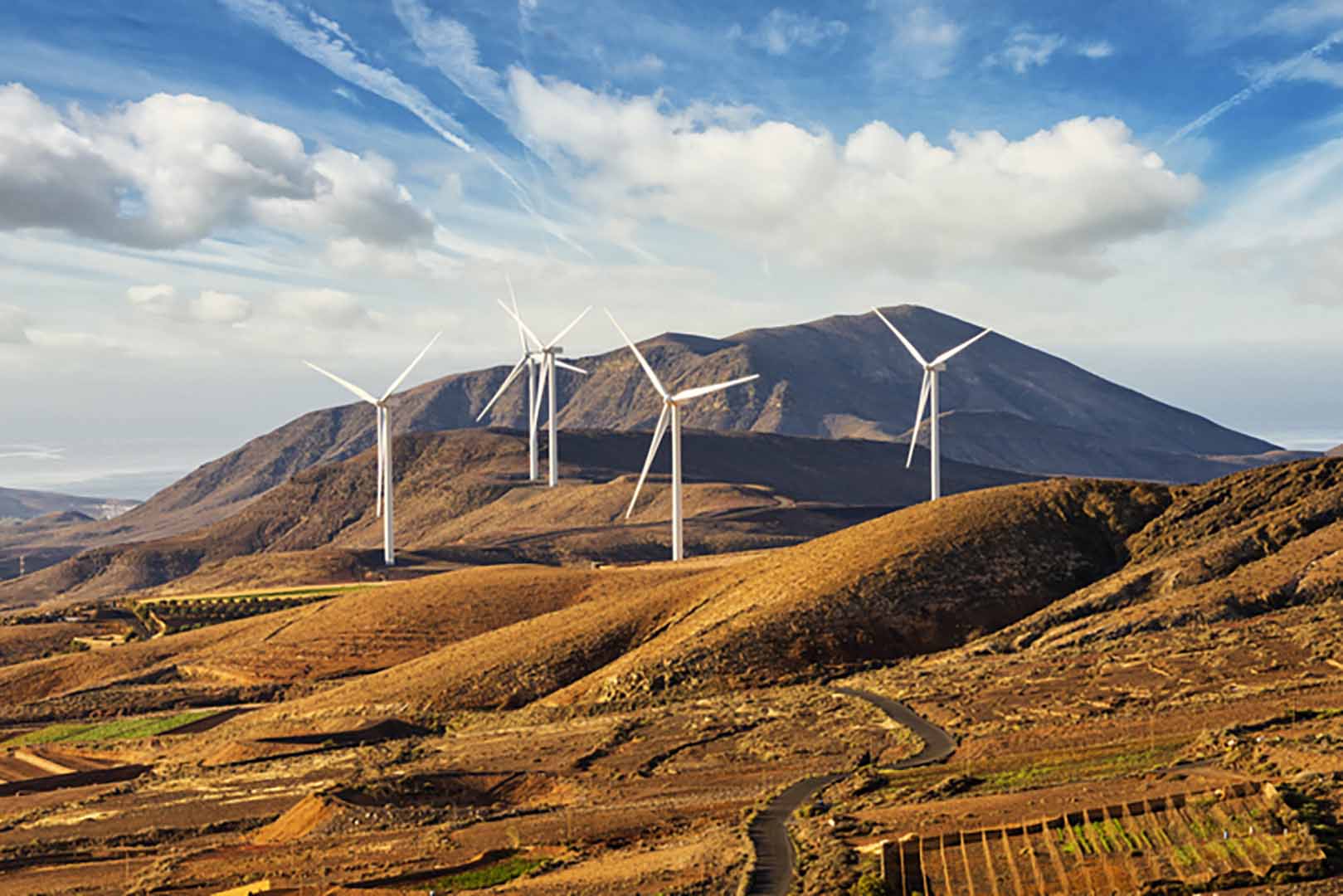
12 Jul Spanish renewable energy at a crucial moment
The first quarter of the 21st century has already brought a number of diverse and global challenges to our attention. Societies, economies, problems and their solutions are all evolving rapidly. One of the issues most seriously playing on the minds of specialists in all developed countries is the energy transition. So it should come as no surprise that bodies like the World Economic Forum are paying such close attention to the development of renewable energies around the world.
In a recent report published earlier this year, the Forum set out its evaluation of energy performance and the path towards exclusive use of renewable and clean energies in 115 countries as part of the Energetic Transition Index (ETI). The World Economic Forum looked into various aspects to develop this index, including economic development and growth, environmental sustainability, energy security and access, as well as the inclination of each of the countries analysed to work towards the transition to safe, sustainable, affordable and inclusive energy systems.
On the list, Spain takes seventeenth place, just ten points behind the country that leads the rankings, Sweden. This accounts for the excellent ‘health’ of Spanish renewables and the commitment shown across the country to transforming in terms of the economy, energy and technology. As you’ll see below, connectivity companies and the 5G rollout are having an effect on the development of the energy transition over time.
A decade of sustained growth in renewable energies
Although it’s impossible to talk about coordinated or balanced movement towards exclusive use of renewable energies, it’s true that this latest decade has shown relatively steady progression in the countries leading the index – all in northern and western Europe. The ten leading countries in use of renewable energies all share some key points: lower subsidies for fossil fuels, improved energy security and a favourable regulatory framework to promote the energy transition.
Among the countries with the highest scores on the energy transition index, just two are from the G20, the United Kingdom and France. Germany is ranked immediately below Spain. Of the 115 countries mentioned in the report, 92 reported improvements that increased their scores on the index over the past decade.
Despite the COVID-19 pandemic, more than 500 billion dollars were invested globally in the energy transition in 2020 alone. In fact, Spain is the fifth most-attractive destination for investing in this field, according to IHS Markit, after the US, China, France and Germany. According to IHS Markit sources, both Spain and Germany give investors security around their long-term energy investment goals and are attractive in the offshore wind energy sector, which has the greatest potential for development over the coming decade.
Connectivity and 5G, the keys to renewable energy development
For both offshore wind farms and other green sources of power generation, it will be essential – and is already proving to be so – to see the full development of connectivity technologies that enable power plants to be managed, operated and automated. In this way, both fibre optic and 5G must occupy a key role.
Although there’s no proven direct correlation, it’s undeniable that Spain’s technology development, alongside the commitment of its various administrations and the private sector to connectivity and 5G, are real drivers of change in the renewable energy sector. In fact, both the energy transition and technological transfer are part of the strategic areas of focus towards a paradigm shift that both Spain and the European Union as a whole have in their sights before the 2025 deadline. The result is clear: both transformations must go hand-in-hand to truly benefit from one another.

